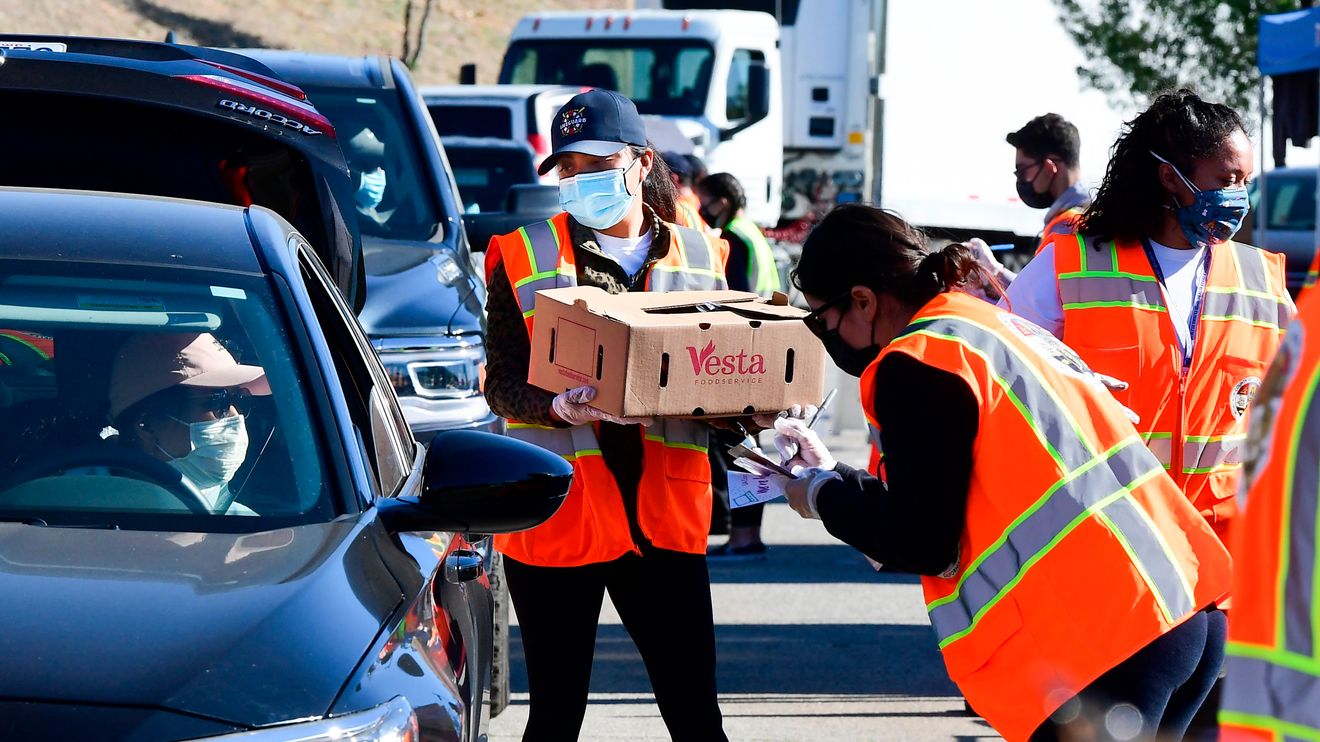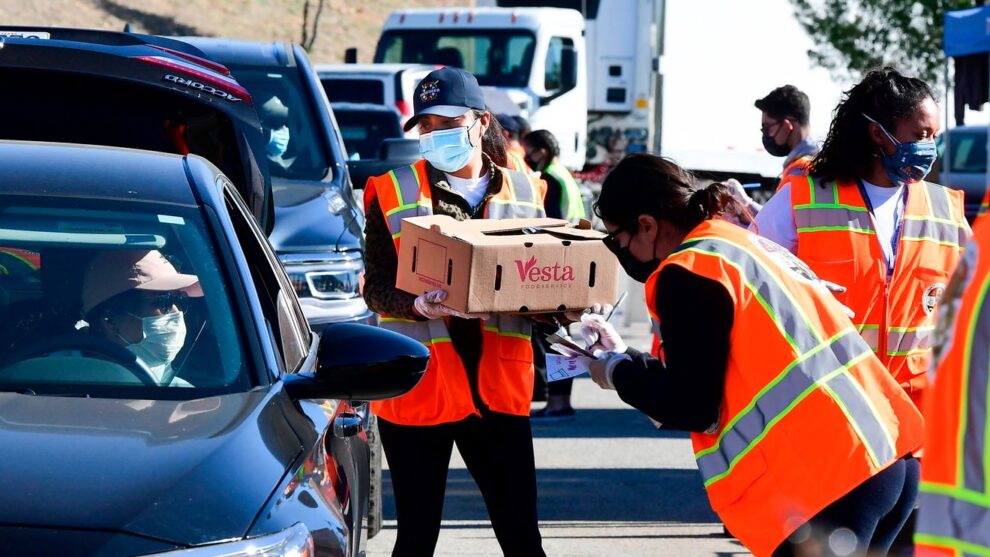
Food insecurity and hunger have proved to be one of the most crippling effects of the pandemic.
Millions of Americans became eligible for Supplemental Nutrition Assistance Program (SNAP) benefits — also known as food stamps — during the pandemic, but many still struggle to put food on the table.
To address this, President Joe Biden signed an executive order on Friday to increase SNAP benefits for low-income households with children by 15%. That translates to an additional $100 every two months for a family with three children, according to a report published by the White House.
Families who qualify for the aid have children who qualified for subsidized or free breakfast and lunch five days a week at school, but aren’t getting that food due to pandemic-related school closures.
Don’t miss: All of President Biden’s key executive orders — in one chart
Biden is also calling on the U.S. Department of Agriculture, which oversees the SNAP program, to allow states to increase benefits to individuals.
“The Department of Agriculture will consider taking immediate steps to make it easier for the hardest-hit families to enroll and claim more generous benefits,” he said.
The stimulus package former President Donald Trump signed in late December increased the maximum amount of SNAP benefits individuals could receive by 115%. For a family of four, the maximum benefit increased to $782 a month from $680 a month.
However, some 40% of the lowest-income SNAP recipients who were already receiving the maximum amount of benefits did not qualify for the emergency benefits because their incomes weren’t low enough. Biden is requesting that the USDA make these roughly 12 million Americans eligible to receive the enhanced level of benefits.
“These measures will take time to implement, making it even more important to include immediate investments in food assistance in upcoming legislation,” said Kate Leone, chief government relations officer at Feeding America, a nonprofit organization with more than 200 food banks and 60,000 food pantries nationwide.
Biden’s actions come as an estimated 50 million lived in food-insecure households in the fall of 2020, according to projections from Feeding America. That’s an increase from 35 million people in 2019.
Nearly 30 million adults (14% of all American adults) reported that they had not had enough to eat in the last seven days, according to the latest Household Pulse Survey released by the U.S. Census Bureau on Jan. 6.
Some 19 million American adults were not at all confident that they can afford food in the next four weeks, the survey reported. More than 3 million families with children indicated that their kids often don’t eat enough because the family couldn’t afford to buy food.
“They are in this situation through no fault of their own,” Biden said Friday before signing the executive order. “It’s unconscionable,” he added.
“Because hunger makes it harder for people to get back to work, and because food-aid programs boost U.S. food companies and workers, these actions to increase the federal domestic food-safety net will help the nation build back the economy better,” said Joel Berg, CEO of Hunger Free America, a nationwide anti-hunger nonprofit organization.
“This is a massive win for the anti-hunger movement,” he added in a statement.











Add Comment